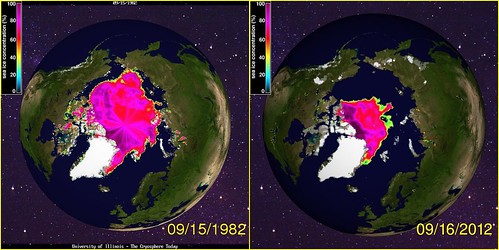 Finally!
The reactor
only 160 miles from here
that
nobody wanted to pay to fix
is closing for good: Duke is closing Crystal River.
After Kewaunee and Crystal River closing, which one is next?
San Onofre?
The never-opened Vogtle 3 and 4?
Finally!
The reactor
only 160 miles from here
that
nobody wanted to pay to fix
is closing for good: Duke is closing Crystal River.
After Kewaunee and Crystal River closing, which one is next?
San Onofre?
The never-opened Vogtle 3 and 4?
Ivan Penn wrote for Tampa Bay Times today, Duke Energy announces closing of Crystal River nuclear power plant,
Duke Energy announced early Tuesday it will permanently close the Crystal River nuclear plant that has been shut down since late 2009.
The company said it is reviewing alternatives, including building a new natural gas plant, to replace the power produced by the nuclear facility.
Duke's four coal-fired plants will remain in service at the same Citrus County complex where the nuclear plant, known as CR3, is located.
 How about they build
offshore wind farms
and solar farms
instead, like
TEPCO is doing near Fukushima?
Those can be built on time and on budget, use no fuel, and cause no pollution.
And how about
rooftop solar for jobs and energy independence?
How about they build
offshore wind farms
and solar farms
instead, like
TEPCO is doing near Fukushima?
Those can be built on time and on budget, use no fuel, and cause no pollution.
And how about
rooftop solar for jobs and energy independence?
There's more in the article, including this:
Continue reading













